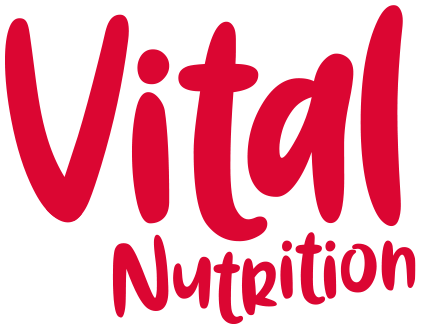NHS England to offer weight-loss jabs at GP surgeries
Did you catch the headline this week that the NHS in England will be offering weight-loss jabs at GP surgeries.
What was your reaction? I can’t tell you what mine was, as it was full of expletives!
The idea that the government, who are largely responsible for feeding our children a diet of junk food in schools, allowing ultra processed foods to become a normal part of our diets and have force fed us a diet of low fat nonsense over the last few decades are now offering an injection that will ‘cure obesity’ seems like a bad joke gone wrong.
Obesity is not a disease that can be cured by a pill, infection or a get skinny quick diet plan.
Along with type 2 diabetes, cardiovascular disease and a whole host of other conditions, obesity is driven by our diet and lifestyle choices. We do not need a drug for this, we need an overhaul of the food and diet industry, who profit (big time!) for making us (and keeping us) fat.
The drug, known as Wegovy has been approved for NHS use after research suggested users could lose over 10% of their body weight thanks to its appetite suppressing effects. Rishi Sunak is pouring £40 million into this pilot scheme. That’s big bucks for big pharma.
Let’s get real.
The food we eat is the problem.
A diet filled with ultra processed foods, devoid of fibre, micronutrients and vitamins will leave us feeling unsatisfied and craving more. This is just the sort of food that fills our trolleys with promises of being low fat and the answer to all our weight loss goals.
If you really want to regulate your appetite, crave less and feel fuller for longer, then here is how to do it:
(This method comes with a disclaimer - the ideas here will not make the government wads of cash, but it will work to help regulate your appetite and stop cravings).
1. Increase your protein intake.
Nudge a little more protein onto your plate if you want to feel fuller for longer, cut back on snacking without feeling like you are depriving yourself and eat less overall.
Most of us don’t get anywhere near enough protein, instead our diets tend to tip the balance more towards carbohydrate.
You can use an app like myfitnesspal to get started. Aim for around 20-30g protein at each meal.
Here are some simple ways to get a little more protein on your plate:
eat more eggs
add feta and nuts to salads
top your breakfast with a spoonful of chia seeds and some natural yoghurt
have fish, chicken or red meat at dinner
use more beans and lentils in meals
2. Eat more fibre
White, refined carbohydrates make us hungry for more of the same. Do yourself, and your appetite a favour and up the ante on fibre. It will fill you up and studies show a higher fibre diet helps support weight loss.
Here are some easy swaps:
Swap white bread to wholegrain(and eat less bread overall)
Swap white pasta to wholemeal
Swap white rice to brown rice
Swap jaffa cakes or rich tea to digestives!
3. Balance your plate
Fill half your plate with colourful seasonal salad or vegetables.
Pack a quarter of your plate with protein of your choice.
….so that no more than a quarter of your plate is carbohydrate. Remember to switch to the low GI, higher fibre choices like brown rice, wholemeal pasta or new potatoes with skins on.
Despite advice that pasta, bread and potatoes are ‘free foods’ and that we can eat as many as we want, the truth is that we tend to have an overload of carbohydrate based foods on our plate in relation to other macronutrients, and we like to ‘double carb’. In other words - chips with lasagne, garlic bread with pizza, naan with rice or bread with pasta salad!
Cut back a little and fill up on protein and fibre and you will soon notice a difference in your appetite and waistline.
Don’t get me wrong - we need carbohydrates on our plate, just consider the quantity and quality on your plate. Choose fibre-rich carbohydrates will leave you feeling more satisfied and reduce cravings.

